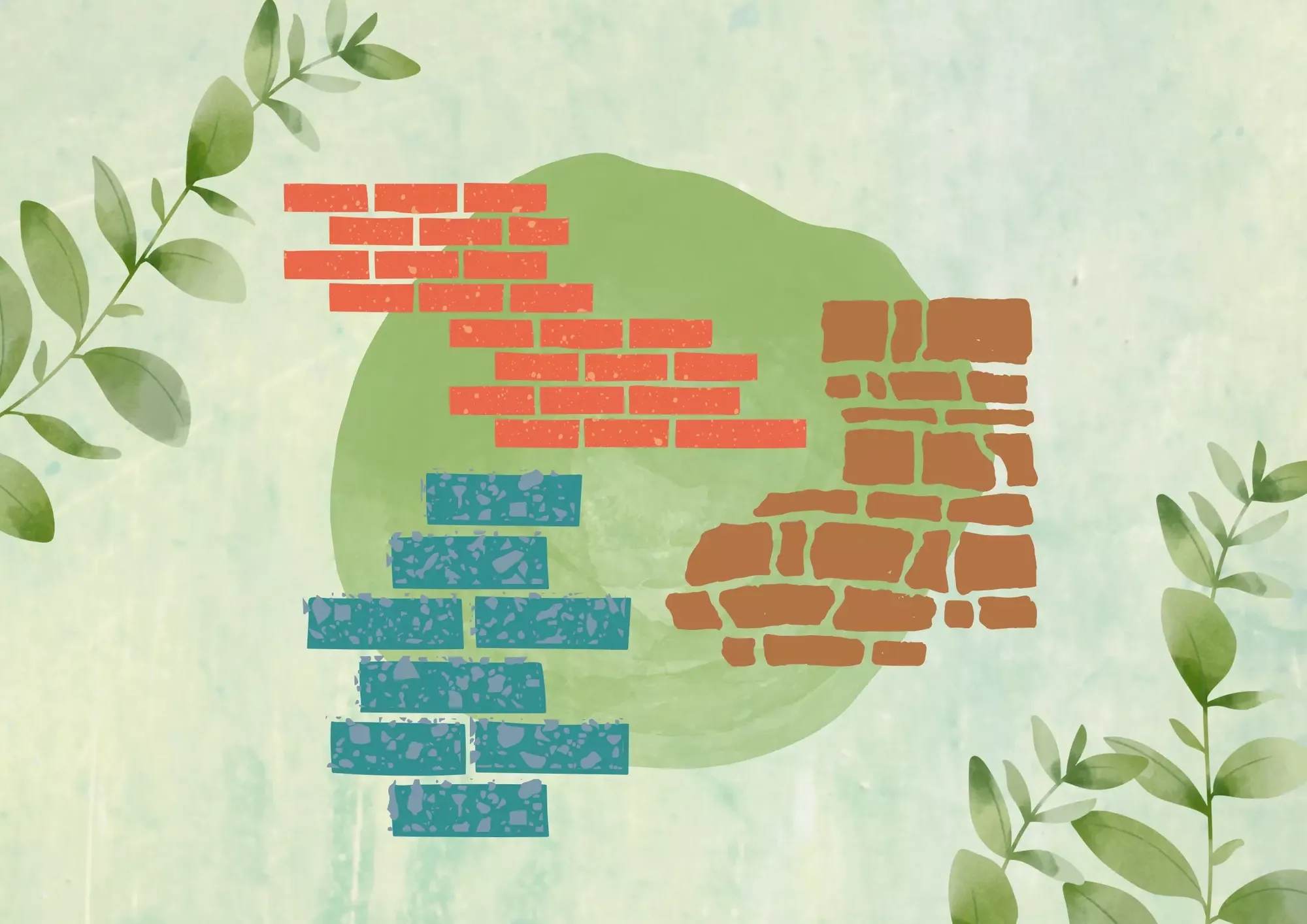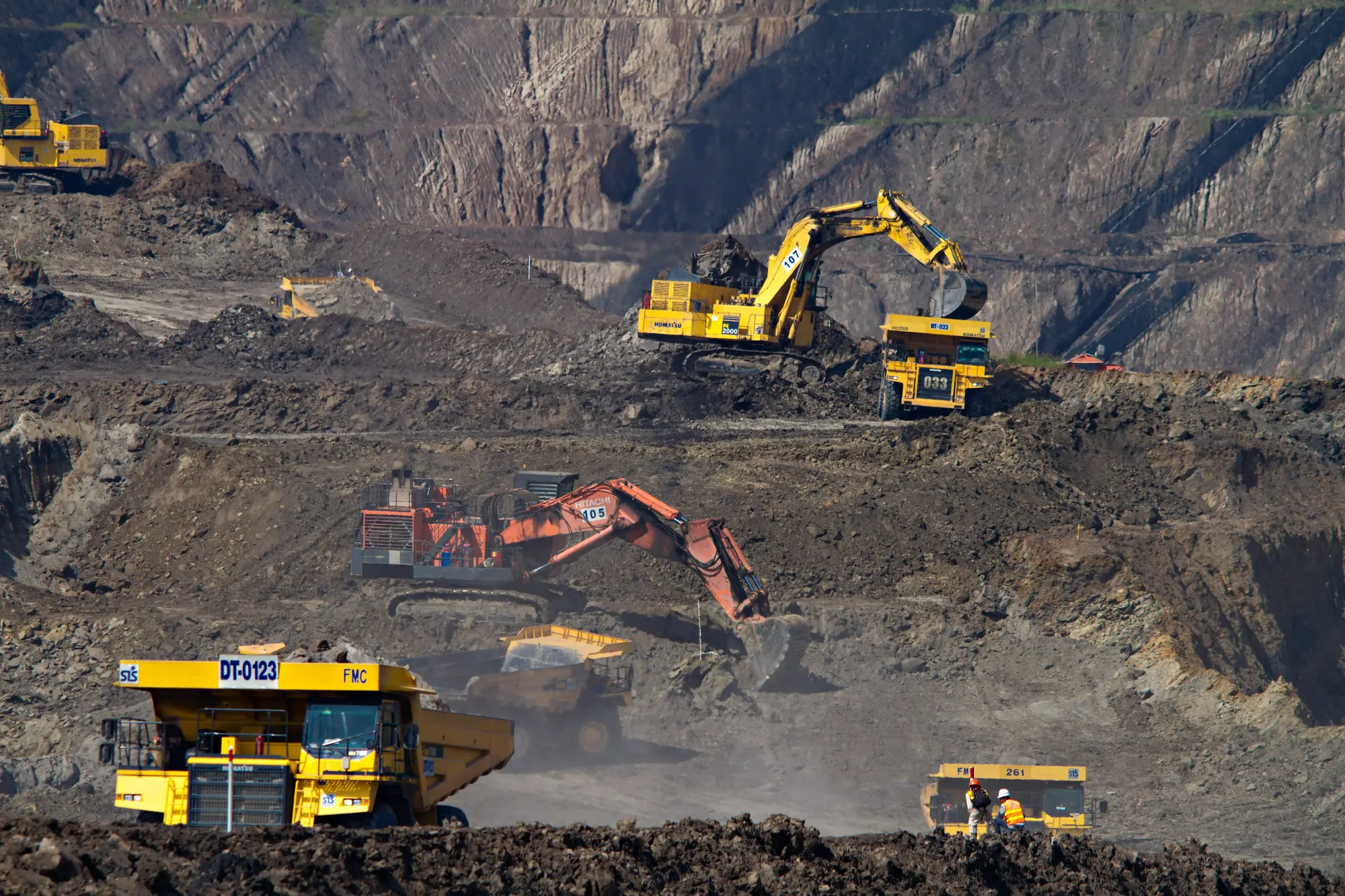Ashcrete Explained - A Greener Concrete Alternative?
It is a widely known fact that the construction industry is one of the most polluting industries on the planet. In fact, the production and usage of cement emit up to 2.8 billion tonnes of carbon dioxide into the environment. Despite this fact, it is still one of the most commonly consumed materials, second only to water. The construction industry is only growing as more and more people need land and housing for private and commercial purposes, and the low cost of cement means that its demand and subsequent negative environmental impact are only going up.
Large amounts of coal are burnt to produce concrete which contributes to almost 10% of our global carbon dioxide emissions. While all our accusations are on plastic as a polluter, not much attention is paid to concrete. The truth of the matter is that concrete is far frequently used and is also far more damaging than plastic. For all the plastic that has entered the environment in the past 60 years, an equivalent amount of concrete is pumped into the environment every two years.
Bearing this in mind, architects, construction companies, and our governments have finally realized that there is an immediate need for change in the way we construct our buildings. This has led to an increase in new and eco-friendly concrete alternatives such as Ferrock, Ashcrete, and Timbercrete. Though this is definitely a positive step to try and spur some change, going mainstream and being widely adopted in all parts of the world will pose an enormous challenge.


What is Ashcrete?
Ashcrete is considered a sustainable substitute for concrete which uses fly ash (a waste byproduct produced in the combustion of coal) as its predominant raw material. The fly ash is mixed with borate, bottom ash, and a chlorine compound to create Ashcrete material - a stronger, more durable and environmentally friendly alternative to concrete.
Since the production of Ashcrete relies on the use of recycled fly ash which makes up over 90% of its composition, it is seen as more sustainable than concrete and other concrete alternatives.
Benefits of Ashcrete
The use of Ashcrete and Fly Ash as construction materials is becoming more mainstream as they can be a cost-effective substitute for Portland cement.
Environmental Benefits
- Since Fly Ash is a byproduct of the burning of coal it is generally considered to be more eco-friendly than using Portland cement.
- Traditional cement concrete requires a much more generous amount of water to begin the hardening process than Ashcrete - Ashcrete helps conserve water.
- Ashcrete has been shown to trap carbon dioxide from the air, thus reducing carbon emissions.
- It has comparatively low embodied energy than traditional concrete. Low embodied energy is the total energy required in the production and shipping of any material.
Benefits in Construction
- Fly ash particles are spherical in shape and act as miniature ball bearings within the concrete mix and have a lubricating effect.
- When compared with traditional concrete, Ashcrete is much more resistant to acid, fire, drastic temperatures and corrosion.
- Considering it is a byproduct of coal combustion, fly ash cement is much cheaper than regular cement. This makes it a much more viable alternative to concrete than other materials.
- The use of Ashcrete is also associated with a reduction in cracks and bleeding.
Is Ashcrete Truly Sustainable?
To understand the degree of sustainability of Ashcrete, we have to focus on the sustainability of the complete lifecycle of Ashcrete production and use, as well as the raw materials that are used in the production process.
The main raw material in focus is, of course, fly ash which is the main component of Ashcrete. Fly ash is a product of coal combustion. If the production of coal is to continue as it stands today, fly ash will always be a waste byproduct of the process. To use this waste material for the construction of buildings can in itself be considered better for the environment than the production of traditional concrete which requires extra mining of resources. However, increased demand for fly ash could also lead to an increase in the burning of coal to facilitate construction. This could be counterproductive to the initial cause.
The amount of CO2 emitted for the generation of a proportion of fly ash is still less than that produced during the manufacture of the same proportion of cement by almost 90%.
On top of the unsustainable long-term production of fly ash, there is also a severe health concern associated with the inhalation of coal ash. Fly ash particles can trigger inflammation and immunological reactions as they can potentially get lodged into the deepest part of our lungs.
Another component in the production of Ashcrete is a Chlorine compound that is not considered to be good for the environment. At the time of writing, the creators of Ashcrete are working on trying to find a replacement.
In the U.S, over 50 percent of the concrete used in the construction of roads contains fly ash. As the use of fly ash in construction becomes more mainstream, it may lead to an increase in demand for the combustion of coal. Governments and regulators will need to ensure that in the long term, fly ash concrete does not contribute to the very problem it was trying to solve in the first place.

